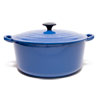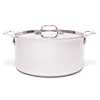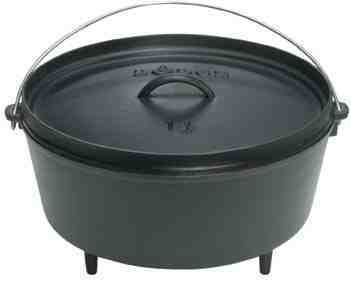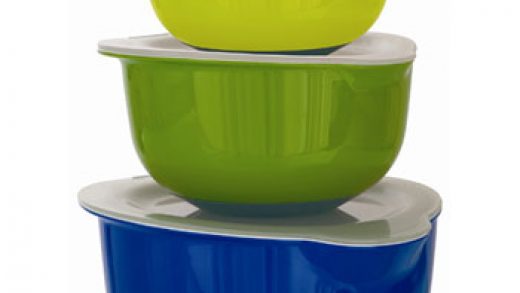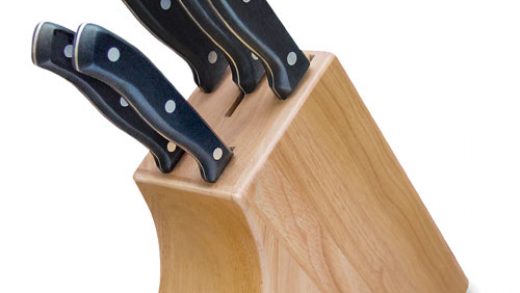There are basics every kitchen should have to cook and feed yourself. That’s one of the goals of this blog — to show singles that you don’t have to have a big kitchen or a lot of money to make some great food. We also have to think about what’s the minimum equipment we need and what we can do without. We also have to think about things we’d like to have, useful items that are a bit more than a basic but still won’t overrun your small kitchen.
The single most useful pot or pan in your kitchen is the trusty cast-iron skillet. It’s cheap and durable. You can even expect to pass it down to your children, grandchildren or other members of future generations. It’s precisely this durability that has made this an American cooking basic for centuries.
The skillet’s cousin is the dutch oven. There are three basic types of dutch ovens, only one of which is a true dutch oven. Most dutch ovens are really just big pots.
Of the big pot variety, there are two basic types which are defined by their materials. The most common is the enamel-covered metal pot with a lid. When choosing this style, make sure the handles on the sides and the lid are oven-proof. This can be made from steel, cast iron or aluminum.
A newer version of this style is the all-aluminum pot, also called a stock pot. These are high quality pots that can go from stove top to oven easily with even heating and easy cleaning.
The traditional dutch oven is made of cast iron and has a upward-lipped lid and short legs on the bottom. This is where this pot gets its name. Back a few centuries ago when most European and American settlers still cooked over open fires, the dutch oven was the only way to bake. It would be placed over hot coals, with more coals placed on top, which is why the lid looks sunken into the pot. This type of pot should be treated just the same as a cast iron skillet. These are also the least expensive models.
Dutch ovens are larger and heavier than the skillet to handle larger cuts of meat and cooking liquids for braising. They also are commonly used for deep frying because they hold heat well and are taller than the skillet.
Dutch ovens can range in price from as little as about $30 up to nearly $300 for the stainless all-aluminum model. Look for the widest you can find.
Never use soap and water on a cast iron dutch oven. Cure it the same as with a skillet and clean it the same way. Not only can it be used for cooking soups, stews and other large-pot items, but you really can bake in the cast iron model.
